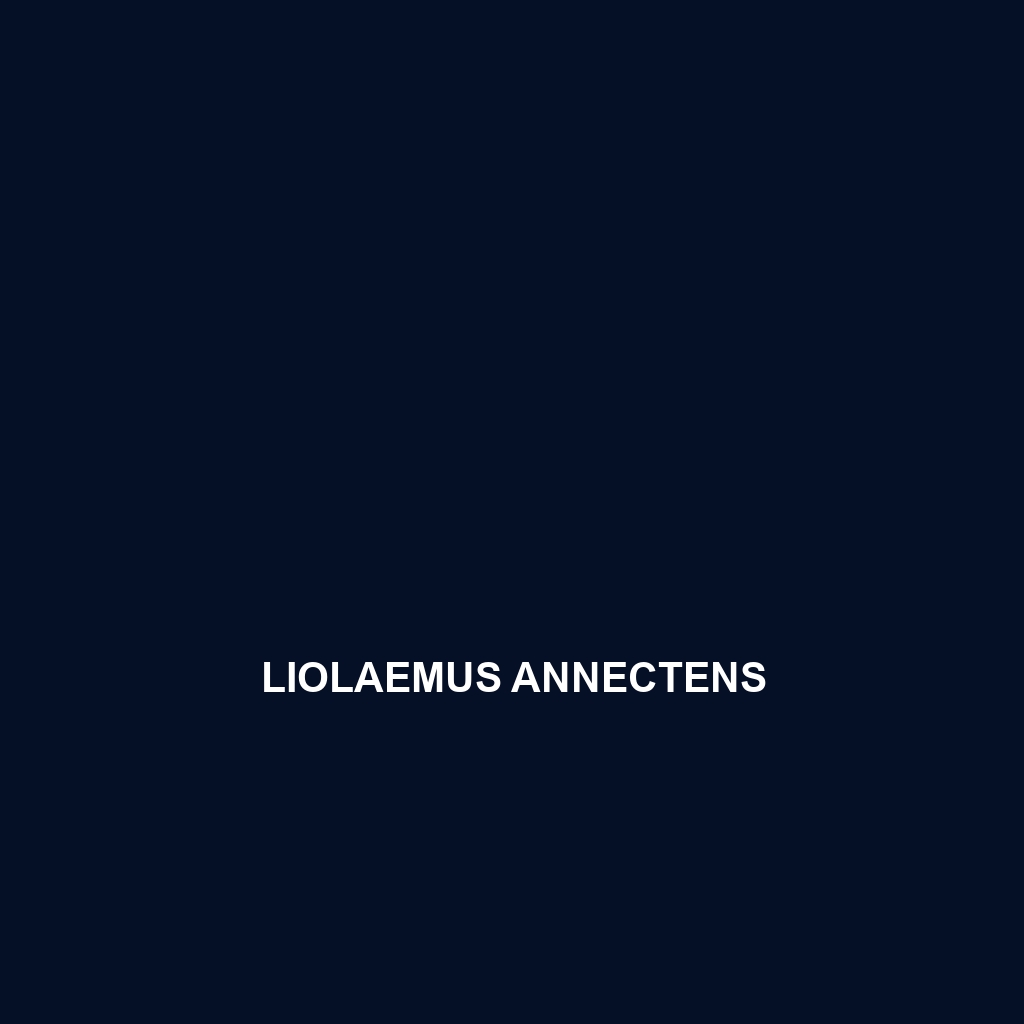Discover Liolaemus carlosgarini, or Garin’s Liolaemus, a vibrant medium-sized lizard native to the temperate forests and shrublands of Chile and Argentina. This insectivorous species thrives in rocky, sunlit habitats, exhibiting unique coloration and social behaviors, vital for its ecological role as both predator and prey.
Tag: reptile habitat
Liolaemus canqueli
Discover the Liolaemus canqueli, or Canquel's Liolaemus, a diurnal lizard native to the temperate southern Andes of Argentina and Chile. With its distinctive coloration and robust body, this insectivorous species plays a vital role in controlling insect populations and contributes to the ecological balance of its habitat.
Liolaemus basadrei
<b>Liolaemus basadrei</b>, commonly found in the rocky terrains of Patagonia, Argentina, is a distinctive lizard species characterized by its elongated body, rough skin, and diverse coloration ranging from brown to gray. Adapted to arid environments, this active diurnal insectivore plays a crucial role in regulating insect populations while exhibiting fascinating social behaviors during its breeding season.
Liolaemus annectens
<p>The <b>Liolaemus annectens</b>, or anointed iguana, is a visually striking lizard found in temperate forests and arid savannas of Chile and Argentina, known for its camouflage, diurnal behavior, and diverse omnivorous diet. With robust bodies averaging 15 to 25 cm and bright dorsal scales that aid in thermoregulation, this species plays a crucial role in its ecosystem by controlling insect populations and promoting plant diversity.</p>
Lialis jicari
Discover the fascinating <b>Jicarian legless lizard (<i>Lialis jicari</i>)</b>, a slender, limb-free reptile native to Australia's savannas and temperate forests, known for its excellent camouflage, nocturnal and diurnal behaviors, and diet of insects. This species plays a crucial role in its ecosystem by controlling insect populations and offering insights into biodiversity.
Lerista verhmens
<b>Lerista verhmens</b>, a unique legless lizard found in Australia's subtropical and temperate regions, exhibits an elongated body measuring 20-30 cm, thrives in sandy soils, and primarily feeds on insects. Known for its burrowing behavior and distinct courtship rituals, this species plays a crucial role in maintaining ecosystem balance while being classified as 'Least Concern' by the IUCN.
Lerista tridactyla
The Lerista tridactyla, commonly known as the three-toed skink, is a streamlined, insectivorous species found in Australia's arid regions, characterized by its distinctive three toes and smooth, shiny skin that aids in camouflage. Thriving in warm climates, it plays a vital ecological role in controlling insect populations and serves as prey for larger predators.
Lerista terdigitata
The Lerista terdigitata, or three-toed legless lizard, is a unique, elongated reptile native to Australia's arid regions, characterized by its snake-like appearance, smooth scales, and primarily insectivorous diet. Preferring sandy habitats, this nocturnal lizard plays a vital role in regulating insect populations while serving as prey for larger predators, contributing to the ecological balance of its environment.
Lerista speciosa
<p><b>Lerista speciosa</b>, known as the smooth skink, is a slender, burrowing insectivore found in Australia’s temperate forests and sandy grasslands. With its reduced limbs and smooth, camouflaged scales, it plays a vital role in its ecosystem by controlling insect populations and serving as prey for larger predators.</p>
Lerista rolfei
Discover the Lerista rolfei, an elongated, slim-bodied skink found in Australia's temperate forests and arid scrublands, known for its camouflaging earthy tones and nocturnal burrowing behavior. This insectivorous species plays a vital role in its ecosystem by controlling invertebrate populations and enhancing soil health.









